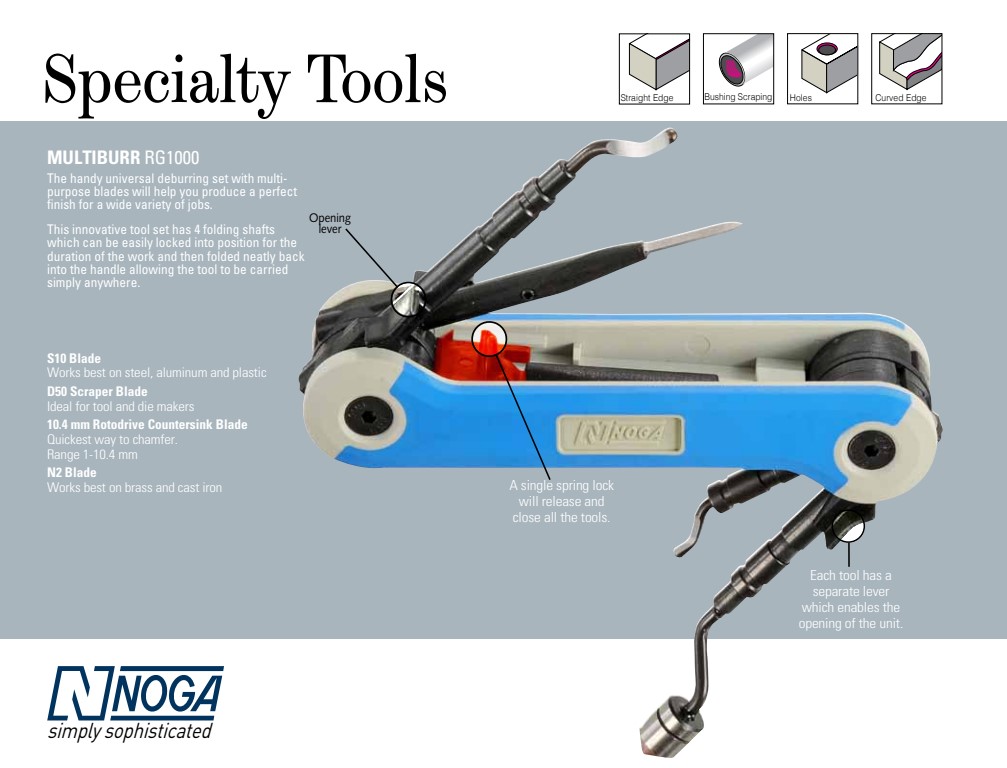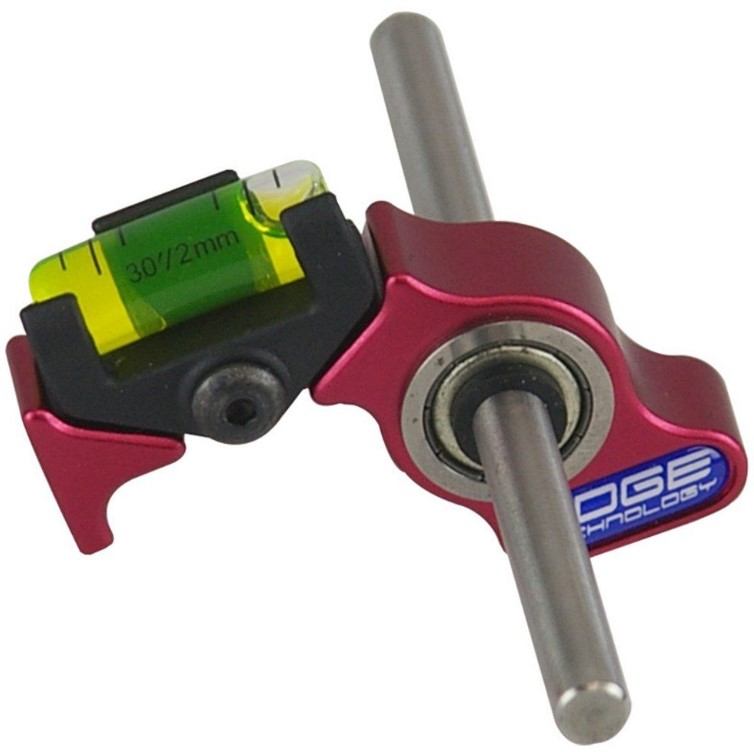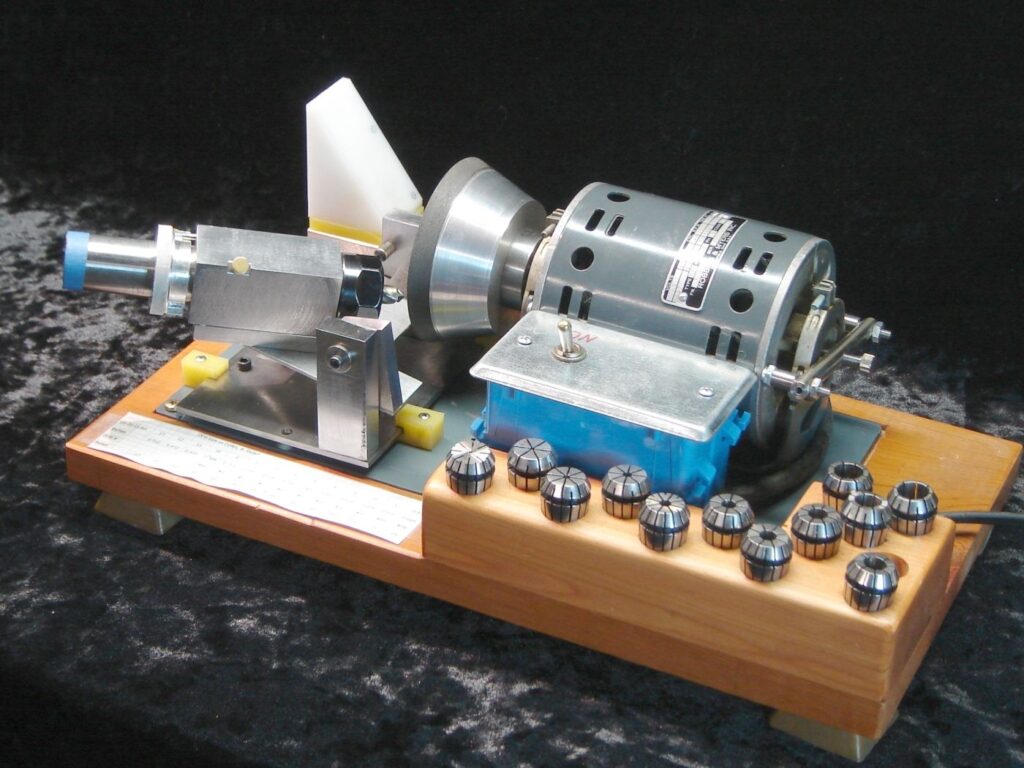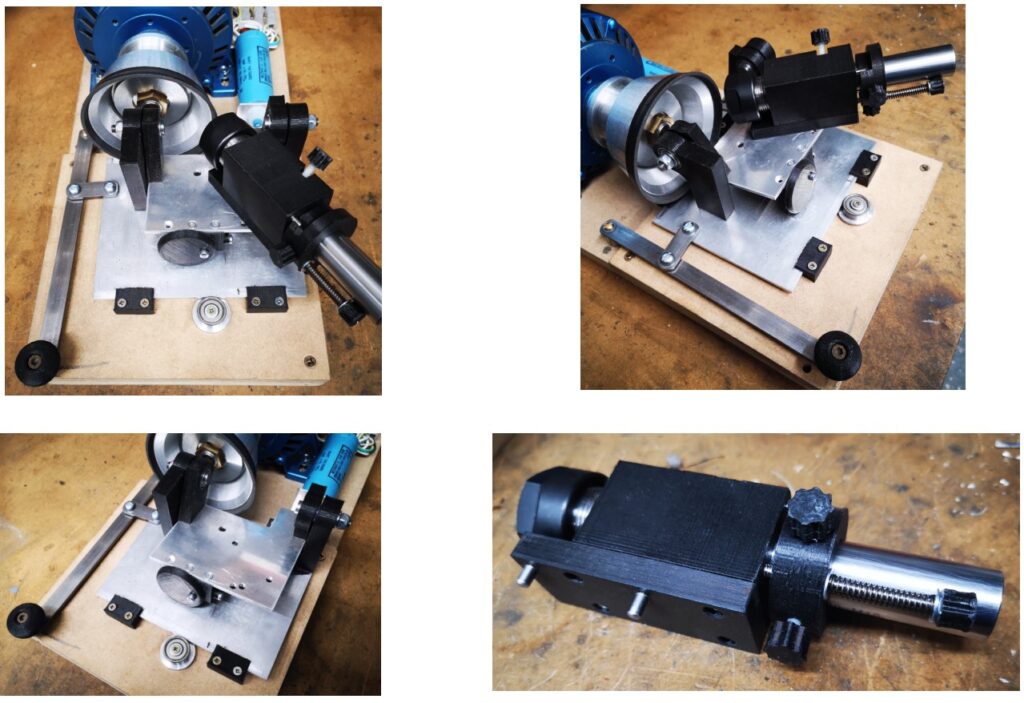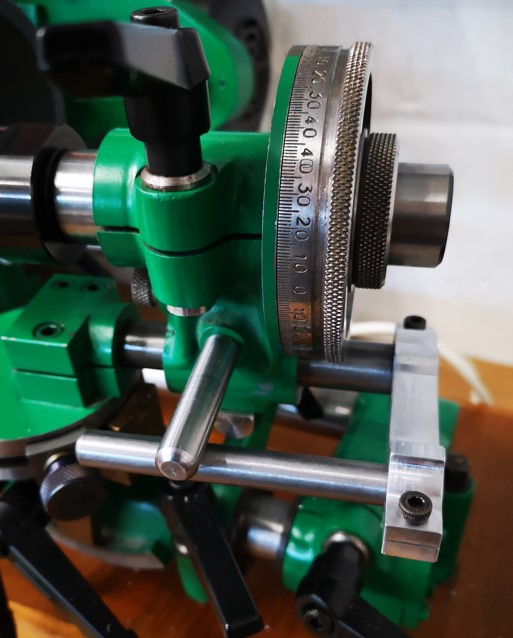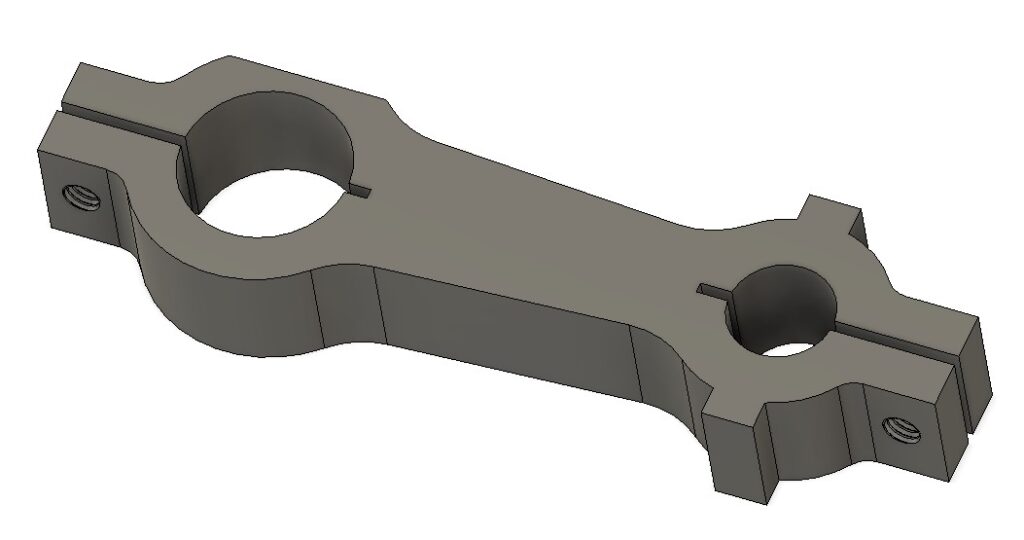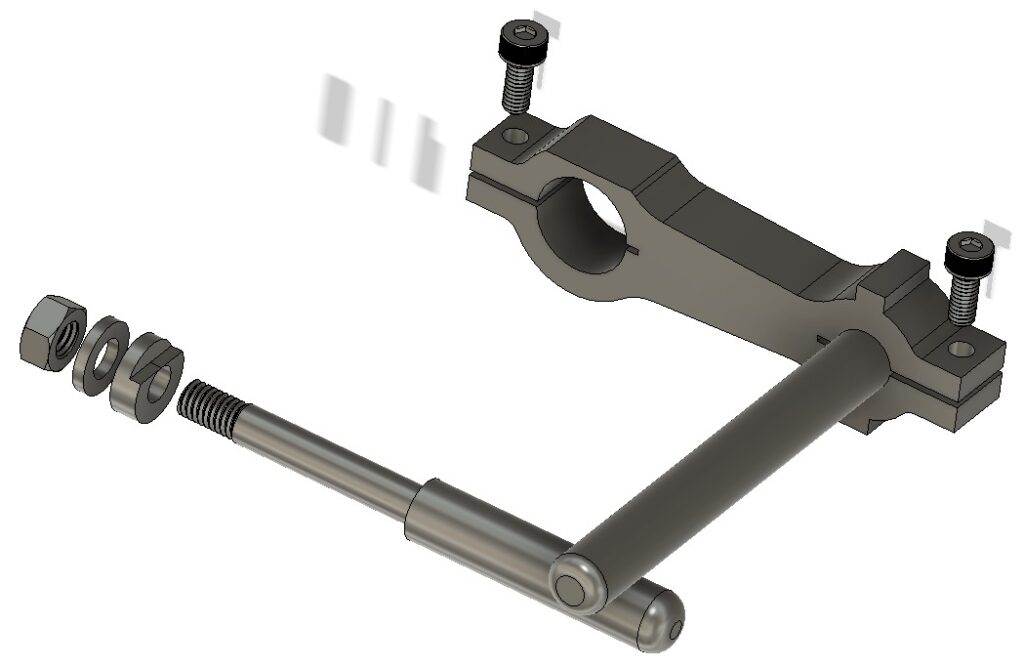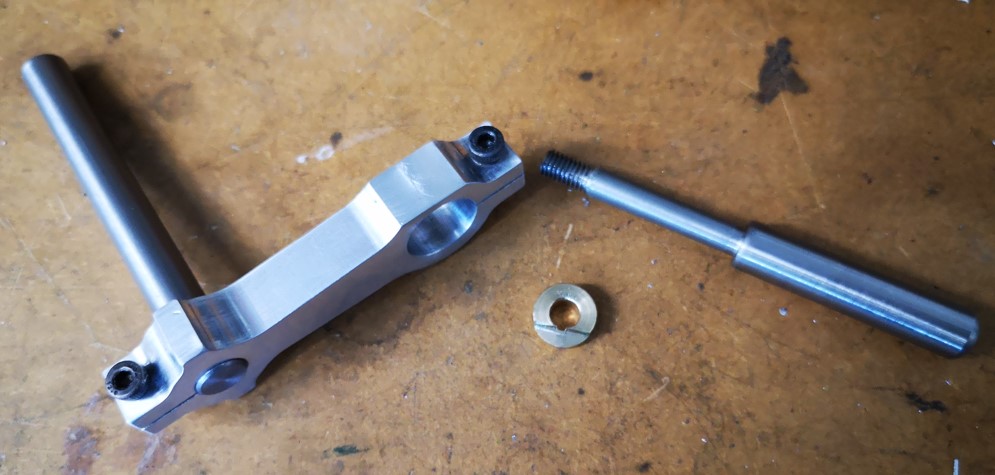Mainly jobs in France and 3D printer choice plus thin wall printing
Sorry it has been quiet on my blog. We took a few weeks off in France. This should have been relaxing but things got in the way. Our elderly French neighbours seem to store up their ‘can you just have a look at’ jobs for when we arrive. This ranged from leaking coffee percolator, dead washing machine, DVD player not working etc. I don’t mind this because in return they keep on eye on the house for us. The only frustration is that I am not as well kitted out with repairing resources as I am here in the UK.
From our point of view the spa was coming up with two error messages – no flow and UV lamp needing changing. The flow problem was traced to the flow sensor. This I think might be a Hall Effect sensor that is tripped by a magnet on a thin metal strip that is bent towards the HED with the water flow. It could equally and more likely be as simple as a reed relay that is tripped by the magnet. I managed to source a replacement from a French source.
The UV lamp was not so straightforward to replace but I did question the validity of the message on the display. The UV bulb has a recommended life of 2 years. The software in the spa has a clock which we reset to current time and date when we turn the spar on for each visit. The UV bulb life is based on the clock count down. I am not sure whether it is recording the period from clock time to clock time or the actual running hours given our intermittent short period visits. I carefully checked that the bulb was still glowing brightly and then reset the countdown timer. I’ll take out a new bulb next visit.
There were various other distractions but the weather was amazing for October with one or two days reaching 30 degrees.
Arriving home I have landed a project that requires 3D printing items that need a Z height of over 200mm. The project also needs thin wall printing. My trusty but now dated Sindoh DP200 falls short on this. The Sindoh has been a loyal and reliable device giving me few problems and repeatable quality print results. The main frustration has been having to be single sourced on Sindoh PLA or ABS as their filament has to have the associated custom Sindoh personality chip. Later versions of the Sindoh range (1X and 2X) purport to allow third party filaments to be used.
This has led to some soul searching. I am now comfortable with the concepts involved with 3D printing and have felt for some time that an upgrade of printer was on the cards. My wish list clearly needed to include allowing 3rd party filaments and not just PLA and ABS. (Carbon fibre being very attractive). The list also included an increased build volume and possibly a dual nozzle.
Clough42 has had some recent videos focussed on the Qidi products, namely the I Fast and the X-CF. Qidi also have the X Max. All three of these printers have Z heights of 300mm. Pricing is not low but these are all enclosed printers. There are many other Qidi review videos on YouTube. Qidi seem to be hot on support which is good news. So I have a debate raging on whether to jump and which way. Here is my basic spreadsheet comparison chart which includes the Sindoh 2X as a possible contender. Sindoh might be moving away from their own models and working with more higher end products under their brand Fabweaver. There are some interesting technology articles on the Fabweaver blog.

I investigated the thin wall printing issue and came across a very interesting post by Wayne from SoarKraft. Wayne uses thin wall printing on his slope soaring glider models and he details how Cura and Prusa slicers (free downloads) have only relatively recently caught up on this whereas Simplify 3D (subscription) has had it as a facility for sometime. Wayne’s video is worth a watch. The Qidi printers like many other manufacturers use a variant of Cura. There is a very good support article on the Simplify 3D site that relates to thin wall printing.
My printer upgrade debate continues but the I Fast looks the most attractive. The only problem is it has a large physical envelope and I don’t have a plan where am I going to put it in the office/workshop……
Links to similar or related post are listed below : –
- Qidi Slicer auto support error on my part
- Qidi X Smart 3 revised fan installation
- Qidi X Smart 3 tweaks
- Qidi X Smart 3 special weekend pricing
- Stop losing Qidi ifast 3D prints down the chamber front gap
- Fitting a Bento air filter to a Qidi ifast 3D printer
- 3D Printed Brass Threaded Insert Soldering Iron Stand
- eSUN filament reel silica drying pod
- Sindoh 3DWOX filament feed upgrade
- Sindoh DP200 conversion to Open Material
- Qidi Slicer auto support error on my part
- Qidi X Smart 3 revised fan installation
- Qidi X Smart 3 tweaks
- Qidi X Smart 3 special weekend pricing
- Stop losing Qidi ifast 3D prints down the chamber front gap
- Fitting a Bento air filter to a Qidi ifast 3D printer
- 3D Printed Brass Threaded Insert Soldering Iron Stand
- eSUN filament reel silica drying pod
- Sindoh 3DWOX filament feed upgrade
- Sindoh DP200 conversion to Open Material

